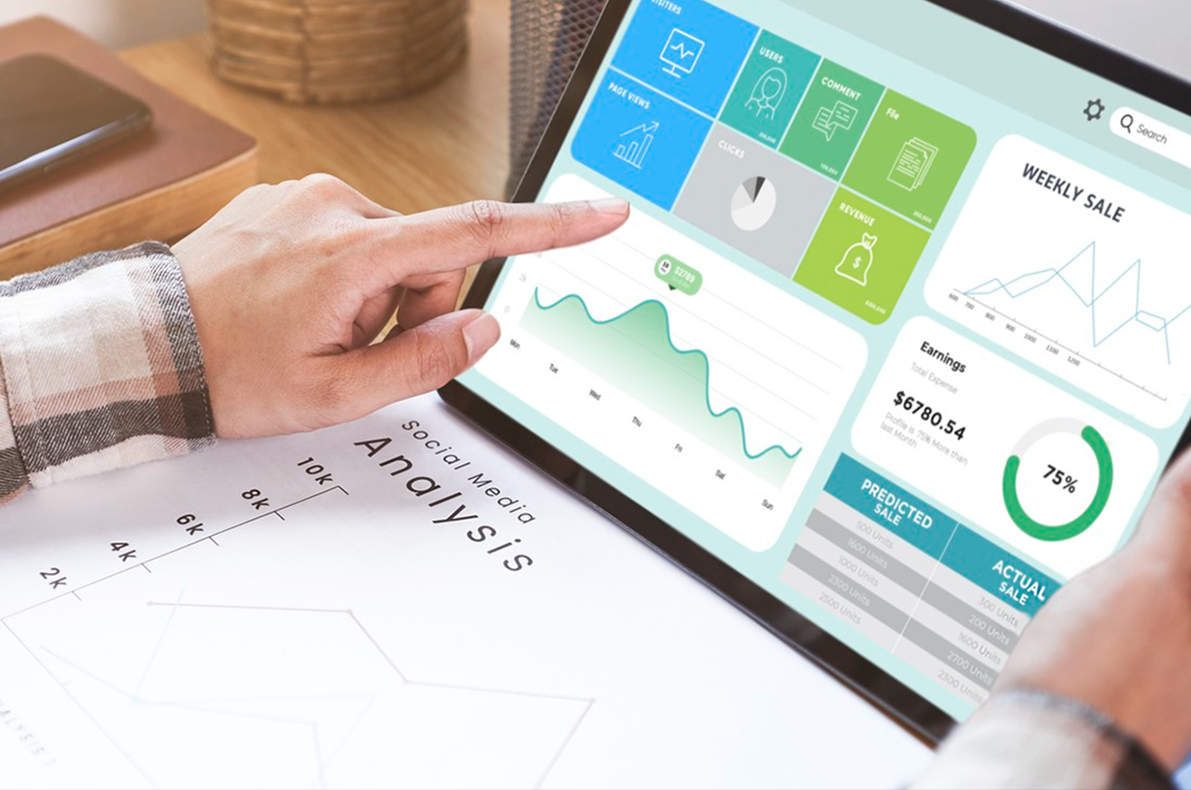Procurement automation is transforming organizations by optimizing efficiency, reducing costs, and enabling data-driven decision making. As per recent reports, 75% of procurement leaders rank it as a high priority, indicating its rising prominence.
Automation in procurement is the process of using software solutions and tools to streamline and automate procurement workflows. This encompasses everything from purchase requisitions and vendor onboarding to invoice approvals and contract management.
The goal? To save time, enhance visibility, minimize errors, and liberate strategic thinking across the organization’s buying processes.
What is Procurement Automation?
Adopting procurement automation software is key to revolutionizing antiquated manual processes. By implementing intelligent tools, companies can optimize procurement workflows from end-to-end. This transitions traditionally disjointed tasks like purchase requisitions, supplier onboarding, contract reviews, and invoice processing into a unified digital ecosystem.
At its core, procurement automation software centralizes all stages into one intuitive platform. This connectivity breaks down data silos to generate valuable insights from spend analysis while tightening compliance oversight. Teams gain greater visibility over their procurement landscape with flexibility to tailor solutions to their strategic vision.
Why Businesses Need Procurement Automation
Antiquated manual procurement processes are a severe detriment to any growing organization in today's digital-first landscape. Reliance on cumbersome paperwork, rigid hierarchical approvals, and error-prone human data entry leads to a procurement function that moves at a glacial pace. This outdated approach acts as a stubborn anchor on revenue goals, innovation efforts, and competitive agility.
Without automation, organizations miss crucial savings opportunities due to lack of comprehensive spend analysis. Employees resort to rogue purchases that drive up costs and fail compliance guidelines. Suppliers receive late payments leading to damaged business relationships and higher prices. With no holistic view of purchasing habits, rogue spend goes undetected allowing budgets to unexpectedly skyrocket.
Additionally, disjointed workflows cause severe visibility issues into procurement spending. Since purchases must pass through various hands, it becomes nearly impossible to track PO status, contract renewals, and invoice processing in real-time. This opacity gives rise to duplicate purchases and missed invoices costing organizations millions in leakage annually.
Exacerbating this challenge is the reality that manual procurement simply does not scale amidst organizational change. Expanding business units, new product lines, and increasing users will only lead to purchasing bottlenecks without action. Even worse, attempts to course correct through added headcount have huge cost implications.
Automating procurement activities tackles these issues directly by:
- Accelerating Procure-to-Pay Cycles
Automated workflows with built-in approvals enable buying requisitions to be fulfilled in hours or days rather than weeks. This accelerates procurement cycles across the board. - Cutting Procurement Costs
By eliminating manual tasks and bottlenecks, procurement automation tools reduce operational costs significantly. Studies indicate 20-30% potential savings in the procure-to-pay process. - Enhancing Process Visibility
With a centralized data repository and intuitive analytics, executives gain clear and real-time visibility across procurement spending - enabling data-driven strategy and planning. - Minimizing Compliance Risk
Automated compliance checks and policy enforcements during purchasing workflows minimize cases of non-compliant buying. This reduces financial, legal, and reputational risks.
Evidently, automation stands to unlock huge potential value for procurement functions.
6 Key Procurement Processes to Automate
Now let’s explore the core purchasing workflows primed for automation.
-
Purchase Requisitions
Purchase requisitions initiate the buying workflow. However, traditional manual requisitions get stuck navigating complex hierarchies and bottlenecks - delaying procurement unnecessarily.
Automating the purchase requisition process with workflows and rules engines accelerates approvals by removing redundant steps. It also allows requisitioners to track status in real-time. This enables substantial time savings and productivity gains. -
Vendor Onboarding
Bringing new suppliers onboard is time-intensive yet crucial. Automation streamlines every onboarding step - from preliminary assessments to final contract approval.
Automated procurement systems centralize vendor information, enable digital document storage and facilitate approvals workflow - cutting onboarding time by over 50% while maintaining oversight. -
Purchase Orders
Even organizations with established systems face challenges in PO management practices - impeding productivity and process efficiency.
Automating the purchase order cycle from PO creation to dispatch tackles these issues. Rules-based PO generation, digital tracking and automatic confirmations drive dramatic improvements - saving time, costs, and effort. -
Invoice Approvals
Lost invoices and goods receiving delays lead to late payments, jeopardizing supplier relations and financial standing.
Automated invoice management software matches invoices, purchase orders and receipts digitally - enabling touchless processing and approvals. Everything stays visible on a centralized platform - removing bottlenecks. -
Contract Management
Disorganized contract records make renewals and renegotiations extremely difficult when contracts approach expiry.
Automating contract management through a centralized repository with inbuilt notifications/reminders provides total visibility over contractual paperwork. This empowers timely renewals and frictionless future finding. -
Strategic Sourcing
In conventional sourcing, managing requests bids and Supplier interactions involves using multiple platforms - causing communication breakdowns.
Automating strategic sourcing brings everything to one platform where buyers can digitally manage the entire process - from posting request bids to securing contracts. This enhances reliability, visibility, and supplier relationships.






How Procurement Automation Fuels Strategic Impact
Procurement automation is critical for future success. The efficiencies and insights it unlocks ripple across organizations to drive productivity, value and growth.
By prioritizing the automation of core buying activities like purchase requisitions, onboarding and contract management, procurement teams position themselves at the forefront - leading strategic impact through digital capabilities.
The time for organizations to evaluate procurement automation solutions and tap into their transformative potential is now. The future of procurement is undoubtedly digital.
Why choose Titan Workspace for automating the procurement process?
If we talk about one of the best procurement automation tools providers, then we can undoubtedly choose Titan Workspace. While using Titan Workspace's procurement automation tool, businesses can seek benefits in various ways like:
- Ease of use: The no/low code capability or Titan Workspace gives users an easy adoption rate. It can be easily used without any IT support or technical learning.
- Integration within existing M365: The procurement automation tool provided by Titan Workspace will be seamlessly integrated within the existing M365 environment.
- Cost-effectiveness: Titan Workspace offers a competitive price point and licensing model compared to other options
- Feature set: All the features business owners need for specific procurement processes can be customized easily depending on their needs and choices.
- Security and compliance: Titan Workspace meets your organization's security and compliance requirements.
- Customer support: The workflow automation solution providers offer reliable and responsive customer support




Your email address will not be published. Required fields are marked*